Table of Contents
1. What Is an F5 Virtual Server?
An F5 BIG-IP virtual server binds a virtual IP address and service port to a set of resources (usually a pool of real servers), acting as the front door for client connections. It can be L4 (TCP/UDP) or L7 (HTTP, HTTPS), with features like SSL offload, persistence, and iRules attached. Essentially, a virtual server abstracts a group of backend nodes into a single logical endpoint for traffic distribution.
Documenting what virtual servers exist—and how they’re configured—is foundational for capacity management, compliance audits, and incident response.
2. Why Complete, Accurate Documentation Matters
- Operational Clarity
Knowing which virtual servers exist, where they reside (partition, device), and how they’re configured (destination, pool bindings, profiles) prevents misconfiguration and downtime during rollouts or upgrades. - Audit & Compliance
Regulatory standards often require detailed network-infrastructure inventories. A regularly updated inventory of virtual servers demonstrates control over critical entry points. - Capacity & Performance Planning
An up-to-date list with traffic-statistics annotations helps predict when to scale out or adjust load-balancing policies. - Disaster Recovery & Change Management
In DR drills or emergency restores, scripted re-creation of virtual servers minimizes errors and accelerates recovery.
3. Method #1: GUI-Based Export from the Configuration Utility
The BIG-IP Configuration Utility provides a straightforward view:
- Navigate: Local Traffic > Virtual Servers > Virtual Server List.
- View Columns: By default you see Name, Destination, Partition, Mask, and Service Port.
- Customize: Use the “Columns” menu to add Default Pool, Profiles, Connection Limit, etc.
- Export: Click the Download icon to export the table as CSV or XML for offline review.
Pro Tip: Include Traffic Group and Statistics Profile columns to tie virtual servers to HA failover domains and monitoring streams.
4. Method #2: CLI Extraction via TMSH
For scripting and automation, the Traffic Management Shell (tmsh) is indispensable.
4.1 Simple Listing
bash
tmsh list ltm virtualThis dumps the full configuration of every virtual server, including all nested settings. To extract only the names:
bash
tmsh show ltm virtual | grep "Ltm::Virtual Server"Example output:
arduino
Ltm::Virtual Server: vip-web-80
Ltm::Virtual Server: vip-api-443
Ltm::Virtual Server: vip-dns-53
``` :contentReference[oaicite:2]{index=2}.
### 4.2 Structured Output
To get a machine-friendly, JSON-style output:
```bash
tmsh list ltm virtual one-lineOr:
bash
tmsh list ltm virtual all-properties | sed 's/;/;\n/g' > virtual_servers.txt4.3 Include Pools & Members
F5’s KB K000149291 shows how to list each virtual server alongside its default pool and the pool members’ IPs or FQDNs:
bash
tmsh list ltm virtual fields { name destination pool } \
subfields { pool { members } }
``` :contentReference[oaicite:3]{index=3}.
This command produces output like:ltm virtual vip-web-80 {
destination 10.0.0.80:80
pool web_pool { members { 10.0.0.1:80 10.0.0.2:80 } }
}
yaml
You can then pipe this into `awk`, `jq`, or Python scripts to render CSV or JSON inventories.
---
## 5. Method #3: iControl REST API
For orchestrators or custom dashboards, the **iControl REST API** offers programmatic access:
```http
GET https://<BIG-IP>/mgmt/tm/ltm/virtual?$select=name,destination,pool,profilesReference$selectlimits the results to essential fields.- Paging can be handled via
?$limit=100&$page=1.
Clients in Python, PowerShell, or Go can authenticate (Token or Basic Auth) and ingest the JSON directly into asset-management systems.
Reference: Consult the BIG-IP REST API Reference for full schema details and authentication flows.
6. Method #4: Export to CSV via CLI Example
F5 provides a sample script—K72255145—to export virtual server and pool info to CSV:
bash
cat << 'EOF' > export_vs_pool.sh
#!/bin/bash
echo "VS_NAME,DESTINATION,POOL_NAME,MEMBER_LIST"
tmsh list ltm virtual fields { name destination pool } \
subfields { pool { members } } one-line | \
sed -E 's/ltm virtual ([^ ]+) \{ destination ([^ ]+) pool ([^ ]+) \{ members \{ ([^ ]+) \}.*$/\1,\2,\3,"\4"/'
EOF
chmod +x export_vs_pool.sh
./export_vs_pool.sh > vs_inventory.csv
``` :contentReference[oaicite:4]{index=4}
The resulting `vs_inventory.csv` can then be opened in Excel or imported into a CMDB.
---
## 7. Method #5: BIG-IQ Centralized Management
If you use **BIG-IQ**, you can centrally inventory virtual servers across fleets:
1. In BIG-IQ Local Traffic > *Virtual Servers*, choose **Export** and select the managed devices.
2. The CSV includes device name, virtual server attributes, and sync status.
3. You can schedule nightly exports for continuous compliance reporting :contentReference[oaicite:5]{index=5}.
---
## 8. Method #6: Dashboards & Monitoring Tools
Many monitoring platforms—Grafana, Splunk, Sumo Logic—ingest virtual-server metrics for live dashboards. For example, Sumo Logic’s “F5 – BIG-IP LTM Metrics and Connections” app can display virtual-server health and connection rates alongside your inventory data :contentReference[oaicite:6]{index=6}.
IBM’s “Virtual Server Details” dashboard in the NPI suite provides a UI-driven breakdown of each VS’s pools, profiles, and statistics—handy for executive summaries or SOC operations :contentReference[oaicite:7]{index=7}.
---
## 9. Best Practices for Documentation
1. **Consistent Naming**
Use a prefix/suffix convention (e.g., `appname-env-protocol-port`) to make sorting and filtering intuitive.
2. **Version Control**
Store your CLI scripts, API clients, and exported CSVs in Git or an internal SCM system.
3. **Automated Scheduling**
Run nightly jobs to refresh inventories and compare against the prior day—alert on additions, deletions, or config drift.
4. **Metadata Enrichment**
Augment raw lists with tags for *Application Owner*, *Environment* (Prod/Preprod), and *Change Window*.
5. **Secure Storage**
Protect exported files in encrypted shares or vaults, since they map your entire network entry points.
6. **Runbook Integration**
Embed these inventory steps into your runbooks for patching, DR drills, and audit processes.
---
## 10. Putting It All Together
By combining GUI exports, TMSH scripting, REST-API calls, and centralized management tools, you can build a *multi-layered* documentation pipeline that:
- **Gathers**: virtual-server configurations from all devices and partitions.
- **Transforms**: raw CLI and API outputs into standardized CSV/JSON.
- **Enriches**: data with metadata from CMDBs or tag stores.
- **Presents**: dashboards, spreadsheets, and runbooks for varied audiences.
- **Alerts**: on configuration changes or drift via nightly comparisons.
With such a system in place, your F5 BIG-IP environment is no longer a black box—it becomes a transparent, auditable, and manageable asset in your infrastructure portfolio.
::contentReference[oaicite:8]{index=8}




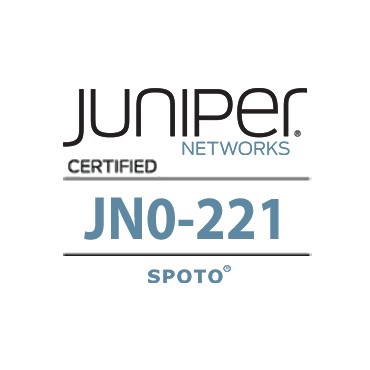
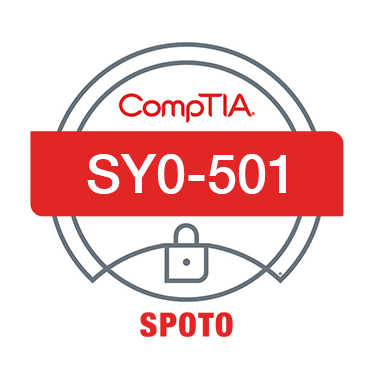
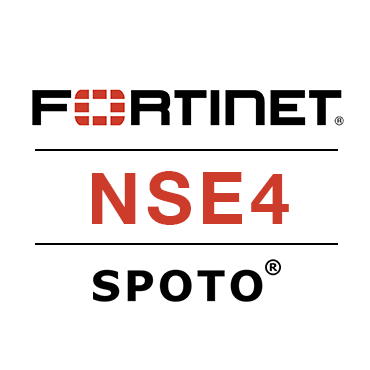



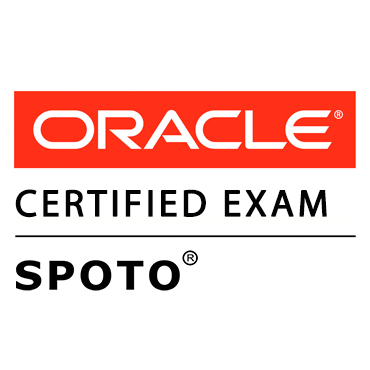


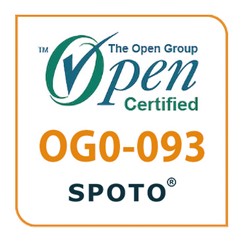


Comments